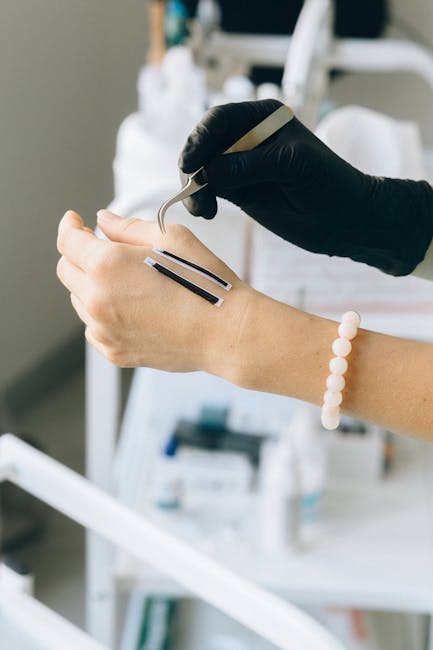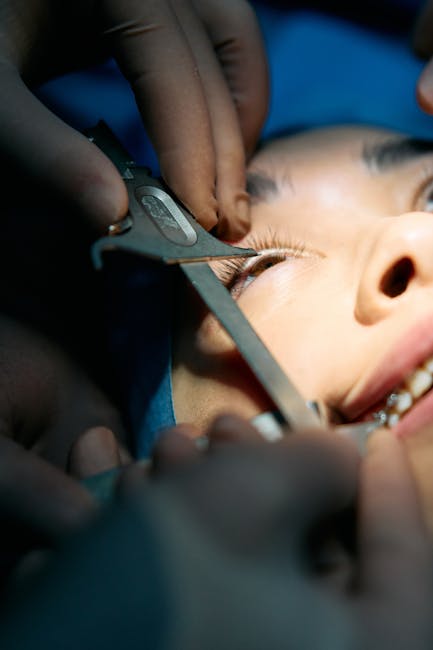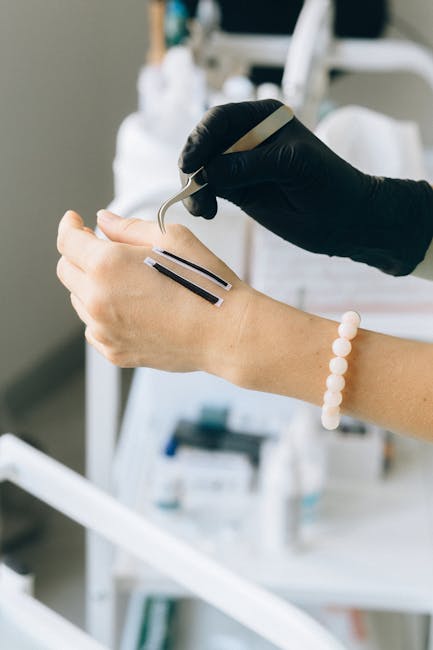LASIK Eye Surgery Complications: A Comprehensive Guide to Risks, Recovery, and Prevention
LASIK (Laser-Assisted In Situ Keratomileusis) eye surgery has revolutionized vision correction, offering millions a chance to ditch their glasses and contact lenses. However, like any surgical procedure, LASIK carries potential complications. Understanding these risks, the recovery process, and preventative measures is crucial before undergoing the procedure. This comprehensive guide explores various LASIK complications, their likelihood, and what you can do to minimize potential problems.
Common LASIK Complications
While LASIK boasts a high success rate, certain complications can occur. These range from minor and temporary discomfort to more serious, long-term vision problems. It’s vital to remember that the risk of complications varies depending on individual factors, the surgeon’s expertise, and the technology used.

Dry Eyes
Dry eyes are one of the most frequently reported LASIK complications. The surgery disrupts the tear film, leading to dryness, irritation, burning, and a gritty sensation. This is often temporary, improving within weeks or months. However, in some cases, persistent dry eye can require ongoing treatment with artificial tears, punctal plugs, or other therapies.
Halos and Glare
Some patients experience halos or glare around lights, particularly at night, after LASIK. This is often caused by alterations to the cornea’s shape during surgery. These visual disturbances can be temporary or permanent, depending on the severity and individual response. The intensity usually decreases over time, but complete resolution isn’t always guaranteed.
Undercorrection or Overcorrection
Undercorrection means the surgery didn’t correct your vision enough, leaving you still needing glasses or contacts. Overcorrection, on the other hand, results in vision that’s too strong. These refractive errors can often be corrected with additional procedures, such as enhancements, though the need for further surgery increases the overall risk profile.
Night Vision Problems
Difficulties with night vision, including increased sensitivity to glare and light scattering, are common complications. This is often linked to changes in the cornea’s shape and can impact driving safety, requiring adjustments to nighttime routines.
Infection
Though rare, infection is a serious complication that can lead to significant vision problems. Strict adherence to post-operative care instructions is crucial to minimizing this risk. Signs of infection include severe pain, redness, swelling, discharge, and decreased vision. Immediate medical attention is necessary should these symptoms develop.
Corneal Flap Complications
In LASIK, a flap of corneal tissue is created. Complications related to this flap, such as incomplete flap creation, flap displacement, or flap irregularities, can occur. These can affect the accuracy of the laser treatment and lead to blurred vision, or require further intervention to correct.
Regression
Regression refers to a gradual return of refractive error after LASIK. This means your vision may gradually worsen over time, requiring further corrective measures. While not always preventable, the likelihood of regression can be influenced by factors like age, pre-existing conditions, and adherence to post-operative instructions.
Less Common but Serious LASIK Complications
Beyond the more common issues, less frequent but potentially severe complications can arise. These require immediate medical attention and may have lasting effects on vision.

Corneal Ectasia
Corneal ectasia is a thinning and bulging of the cornea, causing significant visual distortion. This is more likely in patients with thin corneas or pre-existing conditions like keratoconus. Proper pre-operative screening is crucial to identify individuals at higher risk.

Loss of Best Corrected Visual Acuity (BCVA)
BCVA refers to the best vision achievable with corrective lenses. A significant loss of BCVA is a serious complication, potentially leading to irreversible visual impairment. This is a rare but devastating outcome and underscores the importance of choosing an experienced surgeon and adhering to post-operative guidelines.
Diffuse Lamellar Keratitis (DLK)
DLK, also known as sterile inflammatory response, is an inflammation of the cornea that can affect vision. While rare, it can lead to scarring and reduced vision. Early detection and treatment are critical for managing this complication.
Minimizing LASIK Complications: Your Role
While some complications are unavoidable, you can play a significant role in minimizing your risk through careful preparation and diligent post-operative care. This includes:
- Choosing a Qualified Surgeon: Thoroughly research potential surgeons, verifying their experience, credentials, and success rates. Consider consulting multiple surgeons before making a decision.
- Comprehensive Pre-operative Evaluation: Undergo a thorough eye exam to assess your suitability for LASIK and identify any potential risks. Be upfront about your medical history and any existing eye conditions.
- Realistic Expectations: LASIK is not a perfect solution, and some minor imperfections may remain. Understand that complete visual correction isn’t always guaranteed.
- Strict Adherence to Post-operative Instructions: Follow your surgeon’s instructions meticulously, including the use of prescribed eye drops, avoidance of rubbing your eyes, and attending follow-up appointments.
- Healthy Lifestyle: Maintain a healthy lifestyle, including sufficient sleep, proper nutrition, and avoidance of smoking, to promote healing and minimize complications.
Recovery and Ongoing Care
Recovery after LASIK varies depending on the individual and the extent of the procedure. Many patients experience improved vision within a few days, but complete healing can take several weeks or even months. Regular follow-up appointments are essential to monitor healing and address any concerns.
Even after full recovery, ongoing care is important to maintain eye health. This includes regular eye exams, adherence to any prescribed eye drops or treatments, and a commitment to a healthy lifestyle.
Conclusion
While LASIK offers significant benefits, it’s crucial to understand the potential complications. By making informed decisions, choosing an experienced surgeon, and following post-operative instructions, you can significantly reduce your risk and maximize your chances of achieving excellent visual outcomes. Always consult with your ophthalmologist to discuss your individual risk factors and whether LASIK is the right choice for you.

